Advanced Neurological Stem Cell Treatments in Slovakia
When you or a loved one is facing a difficult diagnosis like ALS, Multiple Sclerosis, or the aftermath of a stroke, finding effective treatment options becomes the most important mission in your life. You might have heard about the potential of regenerative medicine, but the high price tags in the United States or the regulatory gray areas in other countries can be discouraging. This is where Slovakia has quietly emerged as a powerhouse destination for neurological care. Located in the heart of Europe, this small but medically advanced nation offers a unique combination of safety, affordability, and cutting-edge science that is drawing patients from all over the world.
Slovakia isn't just offering a "cheaper alternative"; it is providing a standard of care that rivals top institutions in Western Europe but at a fraction of the price. The country operates under strict European Union medical laws, meaning that safety and hygiene standards are non-negotiable. For neurological conditions specifically, Slovakian clinics have developed specialized protocols that combine the regenerative power of mesenchymal stem cells with intensive physical rehabilitation. This dual approach is critical because it doesn't just aim to repair cells; it trains the body to use them.
In this guide, we will walk you through everything you need to know about pursuing this treatment in Slovakia. We will cover the specific benefits for different conditions, break down the costs in a transparent way, and explain exactly how the medical teams there ensure your safety. Whether you are curious about the logistics of travel or the specific types of cells used, we have gathered the answers to the most pressing questions patients ask. Let's look at why so many are choosing Slovakia for their path to recovery.
What neurological conditions can be treated with stem cell therapy in Slovakia?
The scope of treatment in Slovakia is quite broad because the clinics focus on the underlying mechanisms of repair rather than just symptom management. For progressive diseases like ALS and Parkinson's, the goal is often to slow down the degeneration of neurons and improve the patient's quality of life. Patients with these conditions often seek treatment here because local laws allow for the use of potent mesenchymal stem cells that can modulate the immune system and reduce neuroinflammation.
For injury-based conditions like Stroke or Traumatic Brain Injury, the therapy aims to regenerate damaged tissue and stimulate "neuroplasticity"—the brain's ability to rewire itself. Slovakian specialists are particularly known for treating Cerebral Palsy in children and adults, using protocols that combine cell administration with physical therapy to maximize motor function improvements.
Why is Slovakia considered a safe destination for stem cell therapy?
Safety is often the biggest concern for patients traveling abroad, and rightly so. Slovakia provides a significant layer of reassurance because it is not a "wild west" environment. All medical facilities and laboratories processing stem cells must comply with the European Medicines Agency (EMA) standards or national equivalents that align with EU directives. This ensures that the cells you receive are screened, processed, and handled in sterile, certified laboratories.
Furthermore, treatments are often administered under a regulatory framework known as the "Hospital Exemption" or within approved clinical trials. This means the therapy is recognized by the Ministry of Health for specific individual cases, ensuring that a qualified medical doctor takes full responsibility for the procedure and the patient's wellbeing.
What is the cost of stem cell therapy for neurological disorders in Slovakia?
Pricing in Slovakia is transparent and usually comes as a "package" deal. Unlike in the US, where you might be billed separately for the doctor, the facility, and the lab, Slovakian clinics generally quote a single price. A standard package for a condition like MS or ALS often includes the medical consultation, pre-treatment testing (blood work), the stem cell procedure itself (often involving millions of cells), and a hospital stay of 2 to 5 days.
It is important to note that the higher end of the price range ($15,000) usually applies to packages that include an extensive course of neuro-rehabilitation or multiple cell administrations. This is still significantly lower than similar comprehensive programs in other developed nations, making high-quality care accessible to more families.
How does the cost in Slovakia compare to other countries?
When you look at the global landscape of stem cell therapy, Slovakia sits in a "sweet spot" of high quality and moderate cost. Below is a comparison table to help you visualize the differences. Keep in mind that "inclusions" vary, but this gives a solid baseline for budgeting.
| Country | Average Cost (USD) | Typical Inclusions |
|---|---|---|
| Slovakia | $8,700 - $15,000 | Consult, Treatment, 2-5 Day Stay, Rehab |
| USA | $25,000 - $50,000+ | Outpatient Procedure Only (No stay/rehab) |
| Germany | $18,000 - $28,000 | Consult, Treatment, Short Stay |
| Panama | $15,000 - $30,000 | Consult, Treatment, Hotel Stay |
| Mexico | $8,000 - $15,000 | Consult, Treatment, Ground Transport |
What types of stem cells are used in Slovakian clinics?
Slovakian clinics heavily favor Mesenchymal Stem Cells (MSCs) because of their unique ability to reduce inflammation and modulate the immune system without the risk of rejection. Umbilical cord tissue-derived cells (allogeneic) are particularly popular because they are "young," potent, and readily available without the need for a painful harvesting procedure from the patient. These cells are screened rigorously for safety.
Some clinics also offer autologous treatments, where stem cells are harvested from your own bone marrow or adipose (fat) tissue. This is often chosen for patients who prefer using their own biological material. However, for neurological conditions, the high volume and potency of umbilical cord cells often make them the preferred choice for doctors there.
How are the stem cells administered for brain and spinal conditions?
For neurological disorders, getting the cells to reach the brain is the biggest challenge. A simple IV drip is great for reducing overall body inflammation, but the "blood-brain barrier" can stop many cells from entering the central nervous system. To overcome this, specialists in Slovakia frequently use intrathecal administration.
This procedure involves a lumbar puncture (spinal tap) where cells are injected directly into the cerebrospinal fluid. This allows the cells to circulate around the brain and spinal cord, placing them in the immediate vicinity of the damage. It is a standard medical procedure performed by experienced neurologists or anesthesiologists to ensure safety and comfort.
What is the success rate for Stroke recovery in Slovakia?
Success in neurological therapy is measured by improvements in daily function rather than a complete "cure." For stroke survivors, particularly those in the chronic phase (more than 6 months post-stroke), Slovakian clinics report that a majority of patients experience noticeable gains. This might look like reduced spasticity in a limb, improved ability to speak clearly, or better balance while walking.
The combination of stem cells with physical rehabilitation is a key factor here. The cells help prime the brain for repair, and the therapy helps the patient relearn movements. Patients who commit to rehab post-treatment generally see the most significant long-term results.
Can stem cell therapy cure ALS (Lou Gehrig’s Disease)?
It is vital to manage expectations with ALS. No treatment currently exists that can reverse the disease completely. However, the therapy offered in Slovakia focuses on "neuroprotection." By introducing large numbers of stem cells, the goal is to create a supportive environment for the remaining neurons, potentially extending their survival and function.
Many patients report a temporary halt in progression or a period of stability where symptoms do not worsen. Some also experience improvements in breathing or swallowing functions, which are critical for quality of life. The treatment is viewed as a management tool to buy time and maintain independence for as long as possible.
Is there a specific protocol for Multiple Sclerosis (MS)?
Multiple Sclerosis is an autoimmune condition, meaning the body's immune system attacks its own nerve coverings. The stem cells used in Slovakia have powerful immunomodulatory properties, meaning they can "reset" or calm down the overactive immune response. This addresses the root cause of the attacks.
Patients with Relapsing-Remitting MS often seek this to prevent future flare-ups, while those with Progressive MS look for repair of damage that has already occurred. Reports frequently mention reduced fatigue—a debilitating symptom of MS—as one of the first and most sustained improvements following therapy.
What role does physical rehabilitation play in the treatment?
One of the distinct advantages of Slovakian clinics is their holistic approach. They don't just inject cells and send you home. Most neurological packages include daily physiotherapy, occupational therapy, or even hyperbaric oxygen therapy. The philosophy is that stem cells provide the "hardware" upgrade, but therapy provides the "software" update.
For a brain trying to recover from a stroke or injury, repetition of movement is key. Doing these exercises while the brain is in a heightened state of repair (post-stem cells) can lead to breakthroughs that standard physical therapy alone might not achieve.
How long do I need to stay in Slovakia for treatment?
The treatment process is efficient. Day 1 usually involves arrival, consultation, and pre-operative testing. Day 2 is often the procedure day, followed by observation. Days 3-5 may be reserved for additional treatments (like IV infusions) or rehabilitation sessions.
Because Slovakia is located centrally in Europe (near Vienna), many patients find the travel logistics manageable. The short duration means you don't need to uproot your life for weeks, although staying longer for extended rehab is often an option if you choose.
Are the doctors and medical staff English-speaking?
Communication is never a barrier at the top clinics catering to international patients. The lead physicians and coordinators speak excellent English. You will be able to discuss your medical history, ask complex questions, and understand your discharge instructions without needing a translator.
Furthermore, medical reports and documentation are provided in English, which is helpful when you need to share your treatment details with your local doctor back home.
Do I need a visa to travel to Slovakia for treatment?
Slovakia is part of the Schengen Zone. For most Western travelers, entry is seamless with just a valid passport. There is no complex paperwork required for a short medical trip. However, it is always smart to check the latest travel regulations, especially regarding the upcoming ETIAS authorization for Europe, which will be a simple online form.
The clinics are typically located very close to Vienna International Airport (in neighboring Austria) or Bratislava Airport. Vienna is often the preferred hub due to better flight connections, and clinics usually provide VIP transfer services directly from the arrivals hall to the hospital.
What are the potential side effects of the treatment?
Because the treatment uses Mesenchymal Stem Cells which are immune-privileged (unlikely to cause a reaction), serious adverse events are extremely rare. The most common complaints are related to the physical procedure itself. A "spinal headache" can occur after a lumbar puncture, but this usually resolves within 24-48 hours with rest and hydration.
Some patients may experience a "flu-like" feeling for a day as the immune system reacts to the new cells, but this is often viewed as a positive sign that the cells are active. The clinics monitor patients closely to manage any discomfort immediately.
How soon can I expect to see results?
Stem cell therapy is a biological process, not a chemical switch. It takes time for cells to reduce inflammation and stimulate repair. While you might feel a boost in energy or "mental clarity" quickly (often attributed to the anti-inflammatory effect), motor function gains take longer.
Doctors usually advise patients to evaluate their progress at the 3-month and 6-month marks. It is a slow and steady climb, and keeping up with physical therapy during this window is crucial to maximizing the final outcome.
Is this treatment covered by insurance?
You should be prepared to pay out-of-pocket for these treatments. Insurance companies, including Medicare in the US and NHS in the UK, generally do not cover regenerative medicine for conditions like ALS or Stroke because they classify it as investigational. However, the lower cost in Slovakia makes this financial burden much lighter than attempting to find a private clinic in North America.
What medical records do I need to send beforehand?
Before you book a flight, the clinic will want to ensure you are a good candidate for the therapy. This remote evaluation is usually free. You will send your digital medical files, and the specialists will review the extent of the damage (e.g., the size of the stroke lesion or the progression of MS lesions).
This step is crucial for safety. If the doctors feel the therapy will not benefit you, they will be honest about it. They want to treat patients who have a realistic chance of improvement.
How do I choose the right clinic in Slovakia?
Research is your best friend here. Don't just look at the website; look for patient reviews and ask for a video consultation with the doctor. reputable clinics will have no issue connecting you with the medical team before you commit.
Check if the clinic has a dedicated facility or if they operate out of a general hospital (which is often a good sign of safety standards). Ask specifically about the source of their cells and their cell count guarantees—knowing exactly what you are paying for is your right as a patient.
What is the next step to get started?
Taking action can feel overwhelming, but the process is streamlined. Once you submit your inquiry, a patient coordinator will guide you through the document collection. Within a few days, you could have a treatment plan in hand.
There is no commitment required to get a quote. It allows you to see the full cost, the proposed protocol, and the available dates so you can make an informed decision with your family.
Ready to explore your options for neurological recovery?
If you are looking for safe, affordable, and advanced stem cell therapy, Slovakia offers a pathway worth considering. For personalized assistance, quotes, and direct access to top clinics, we encourage you to explore the solutions available through PlacidWay Medical Tourism.

.png)

.png)
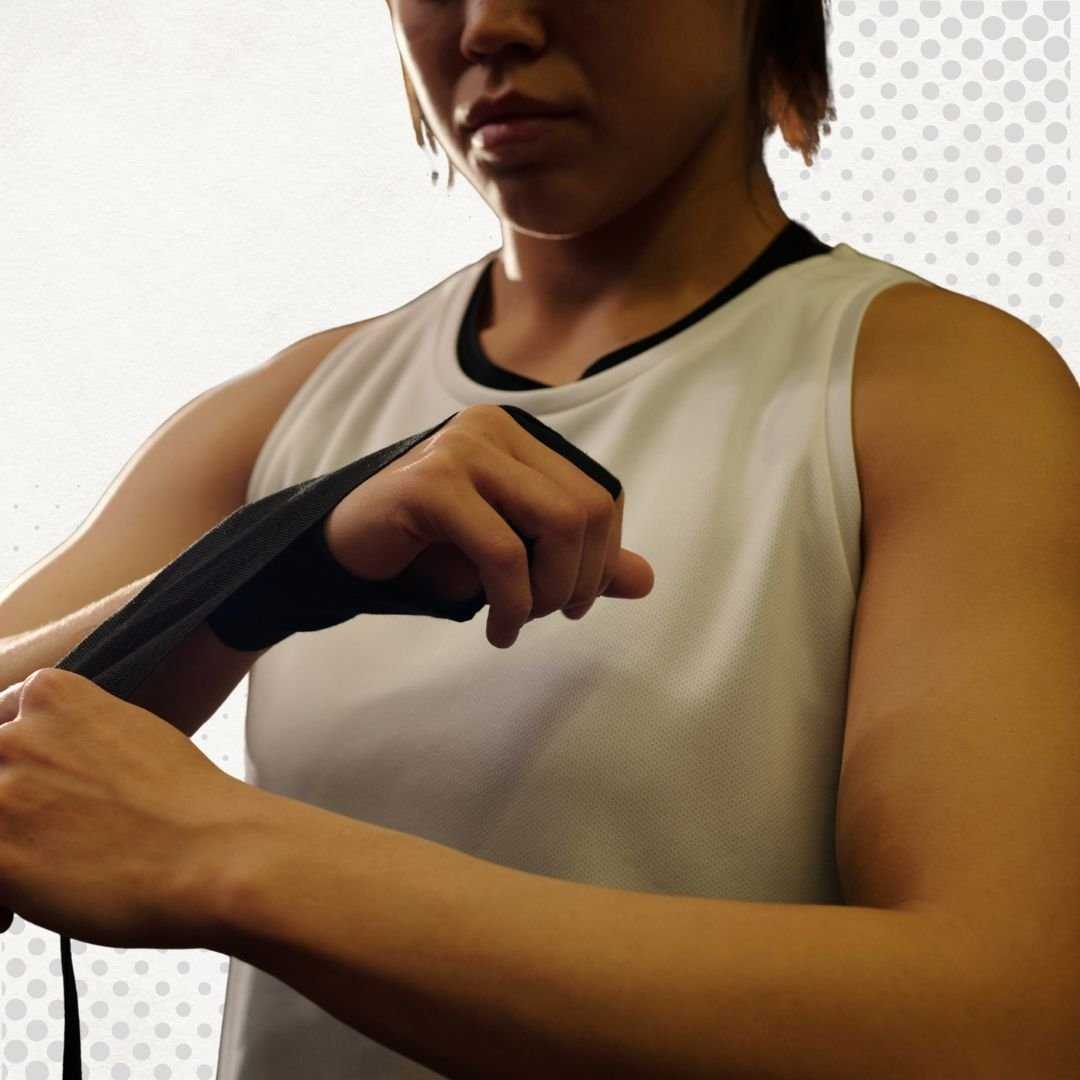


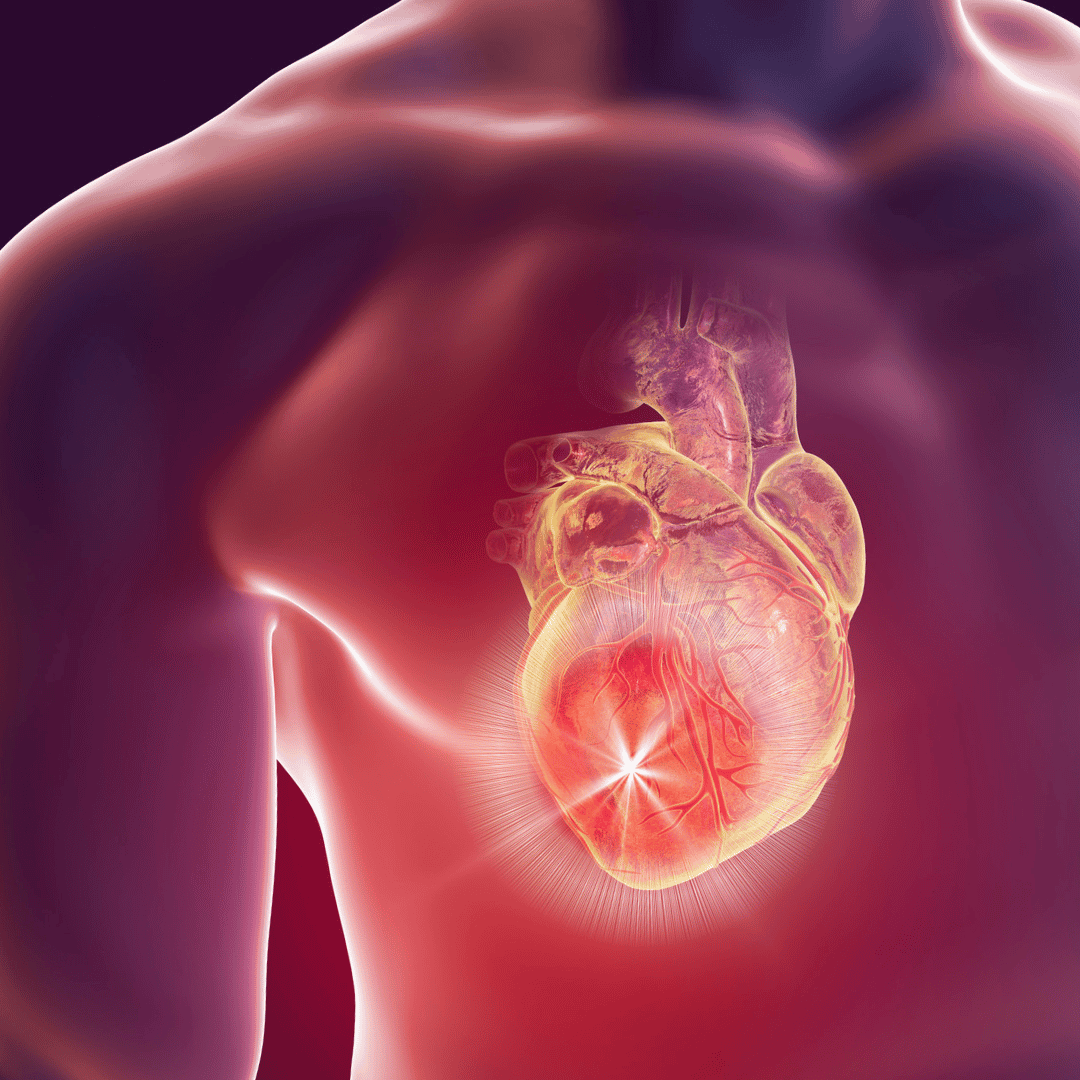
.jpg)
.jpg)

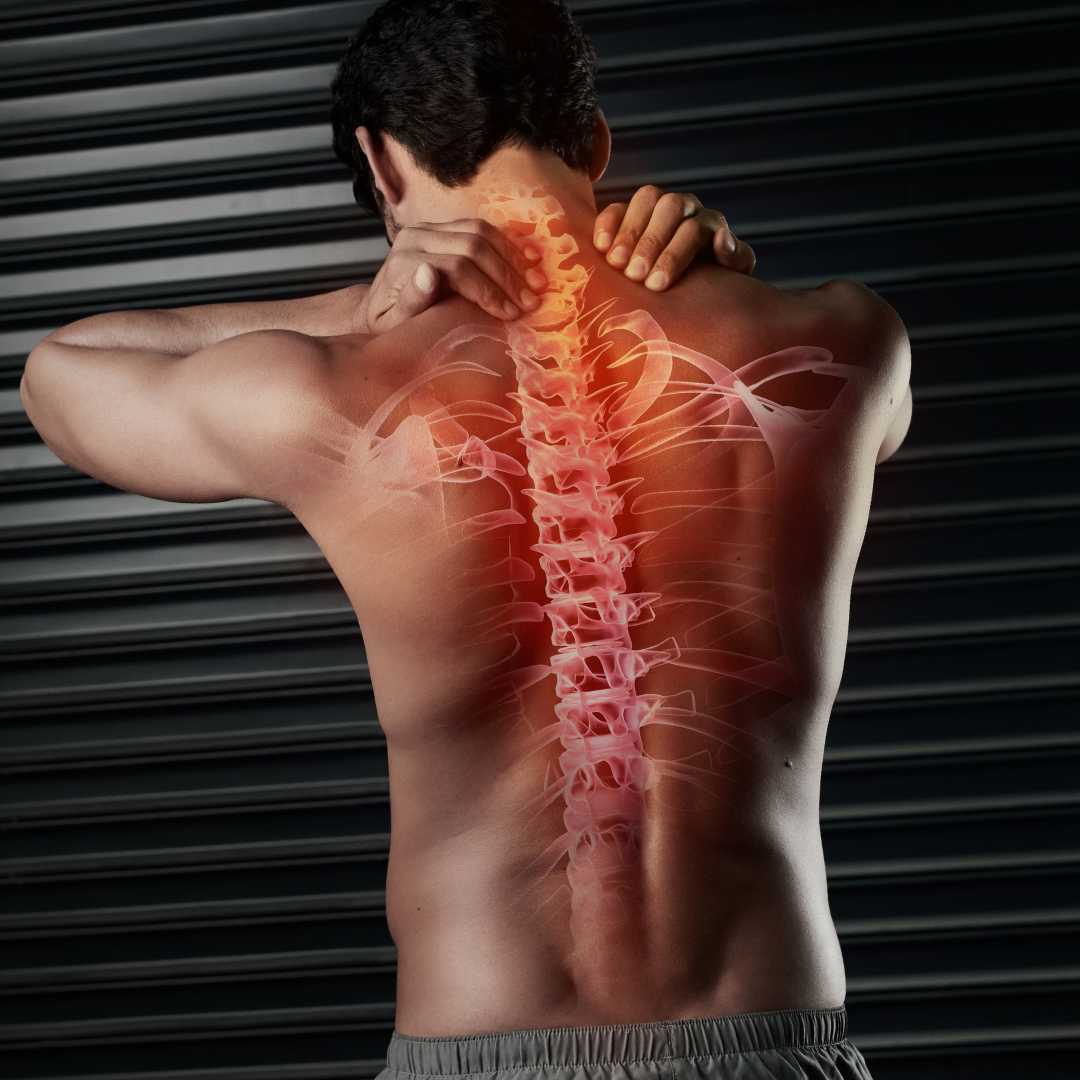
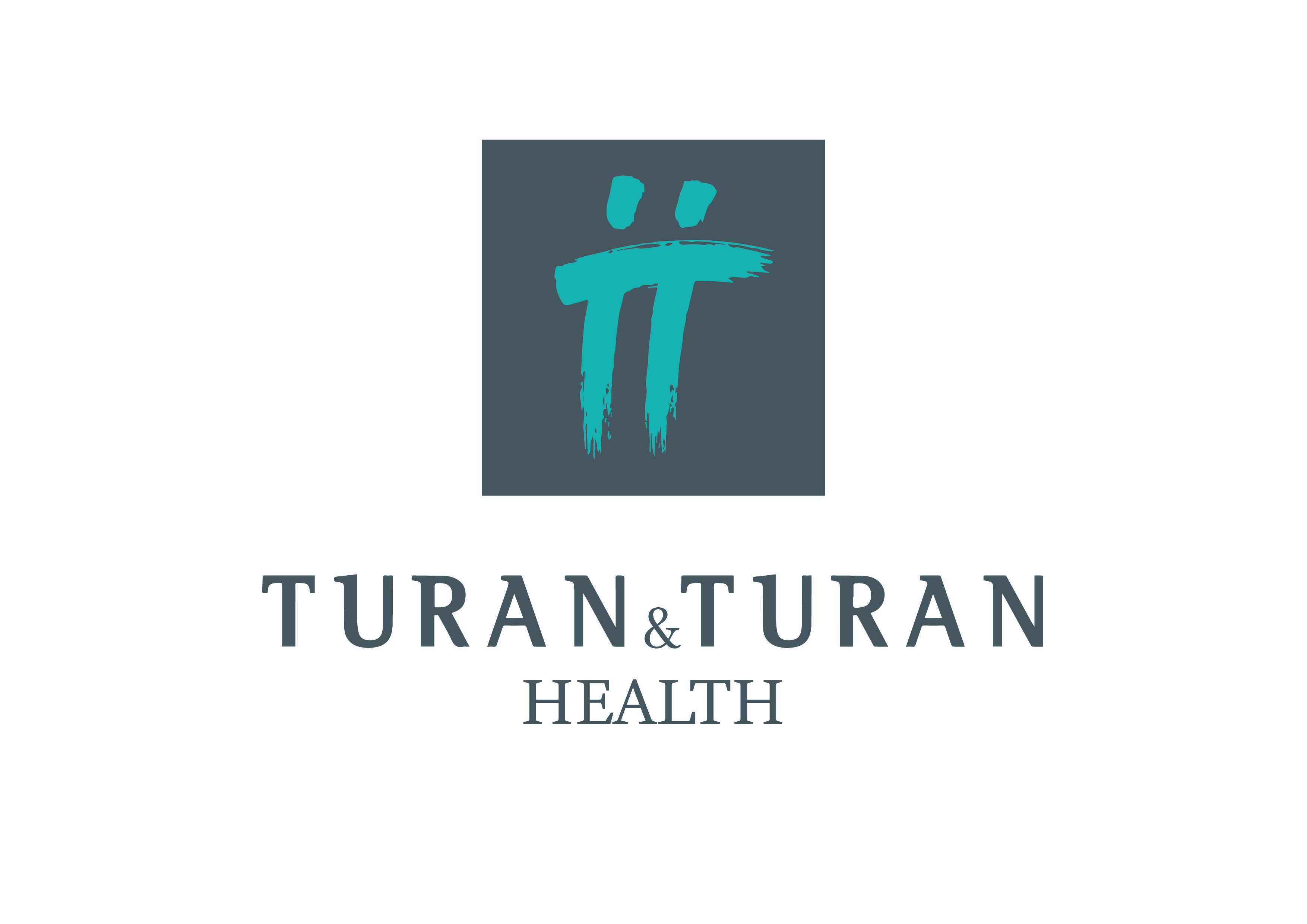
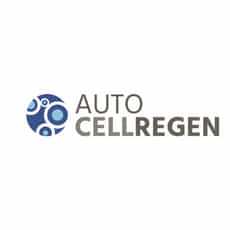
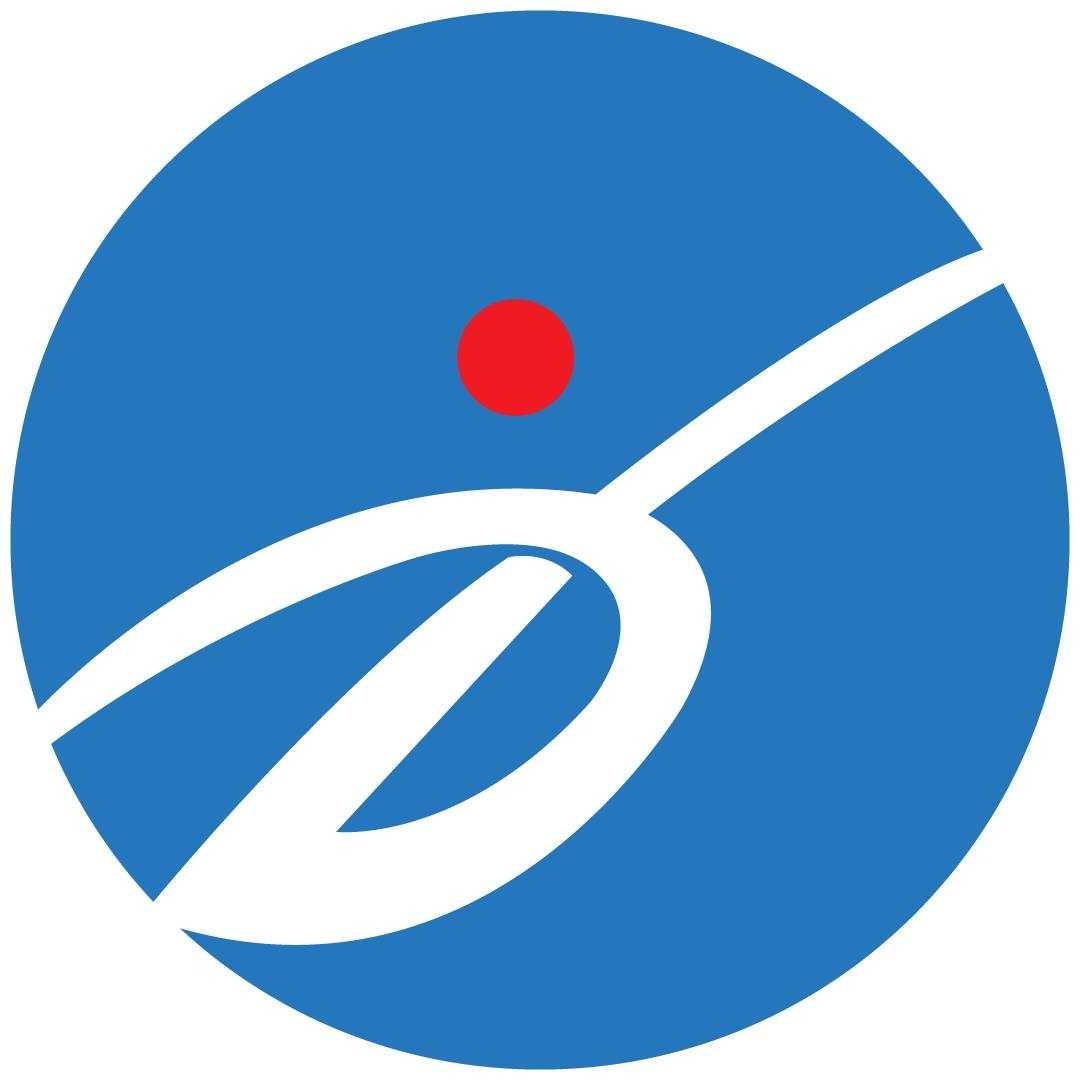
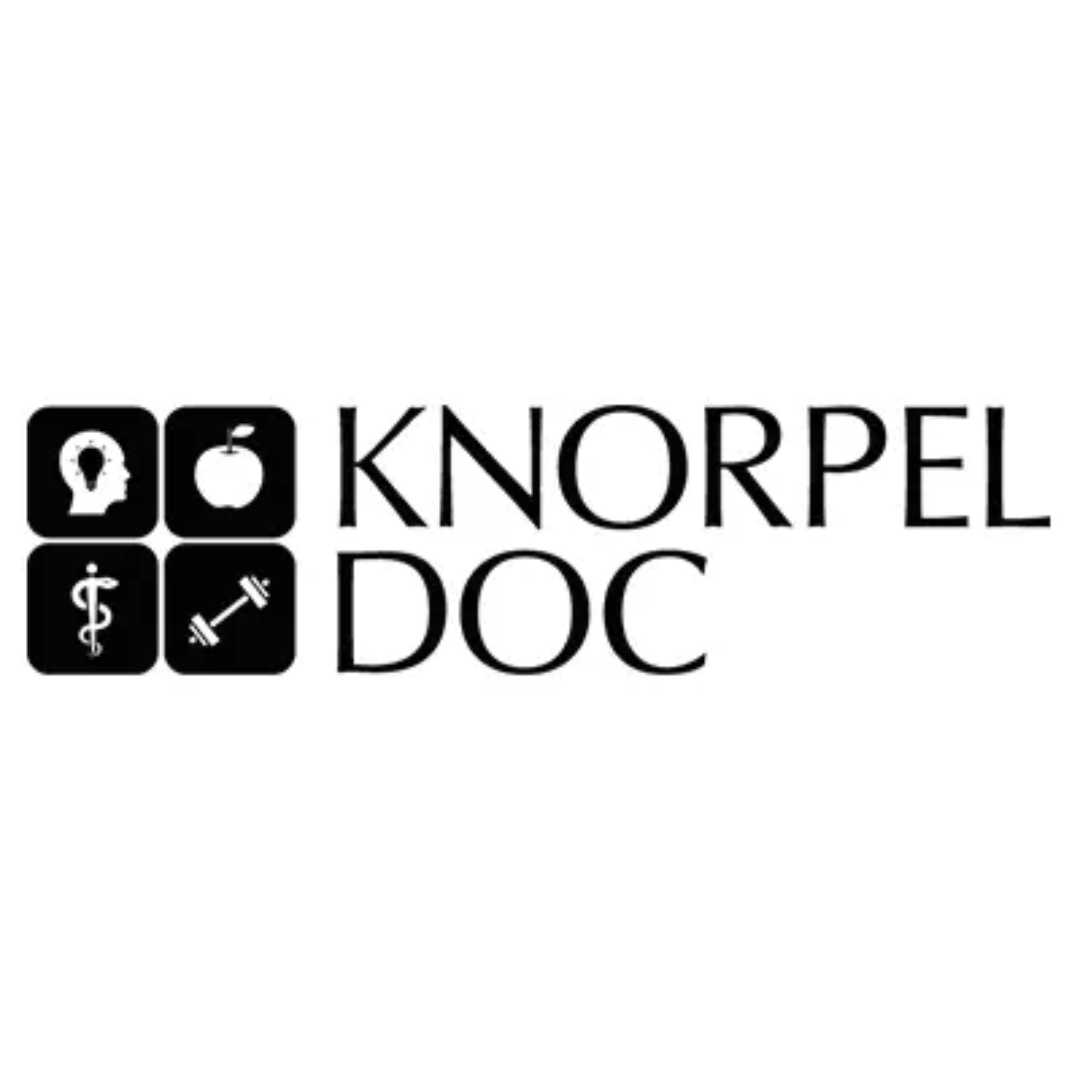


Share this listing